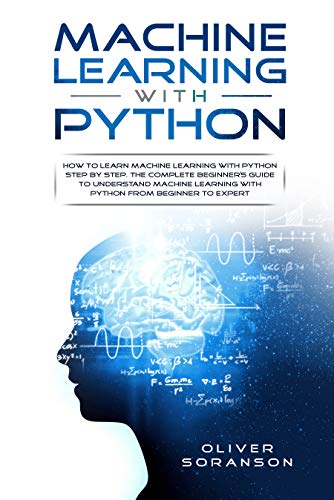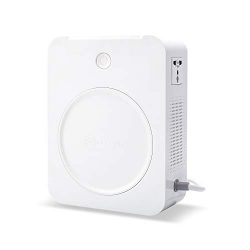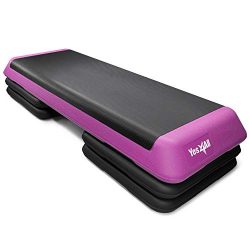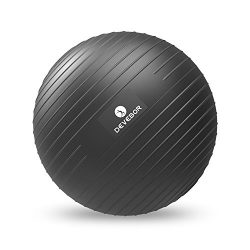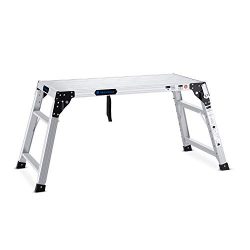Machine Learning With Python: How to Learn Machine Learning with Python Step by Step. The Complete Beginner’s Guide to Understand Machine Learning with … to Expert (Artificial Intelligence Book 3)
Machine Learning applies AI or an artificial intelligence which makes systems process and learn automatically without the need of being programmed by the user. It automatically stores, retrieves, and processes data, which makes programming much easier.
Let’s think of the concept of machine learning and Python and how it can be useful in our daily lives. There are so many benefits of learning and practicing Machine Learning and Python that many aspiring data scientists demands of achieving. It can not only help the industry but our personal lives as well.
Whether your dream is learning the basics of machine learning, getting your feet wet with learning a few algorithms, earning a six-figure income by becoming an engineer, or living the high life because you just came up with your company’s first ever Neural Network, this Machine Learning with Python book with its step-by-step learning is the blueprint in understanding machine learning.
This step-by-step guide to machine learning teaches:
Machine Learning Types: from supervised machine learning to deep reinforcement learning with algorithms from the k-nearest neighbor which is solely called kNN, which is a statistical approach that can be employed for answering classification and regression problems.A quick little synopsis on the 1943 model of the McCulloch-Pitts model of Neurons and how the prototype was put together with a simple component called Neuron.Operations: from data security to healthcareWhat is Python: How it is used and the benefits of learning itNotations: Arithmetic notation to Set Membership notationRoadmap for building Machine Learning SystemsVariables in Python: How a variable is a component that holds a value that may change.Essential Operators for Python: from types of operators to Python Operators PrecedenceFunctions: Defining the Return StatementConditional Statement: How to use Conditional Statements to Else Statements with examplesHow to use Loops in Python: from Loop to Nested LoopsWhat is NumPy and How to use it: Installation to Sorting ArraysIntroduction to Pandas: Key features to Head & TailMatplotlib Python Plotting: From the structure of a Matplotlib Plot to RC SettingsThe Origins of IPython/Jupyter: The start of Computational Notebooks to Installing Extensions. It explains how most of the extensions of the Jupyter Notebook can be downloaded employing the pip tool of Python. Charts to fully explain the steps in order from start to finishApplied Machine Learning Process: With a 6-step procedure and why we need to use Weka when starting to Learn Machine Learning as well as a chart that covers these steps:Problem Definition: Comprehend and visibly define the problem that is being explained.Analyze Data: Comprehend the obtainable data that will be employed to make a prototype.Prepare Data: Learn and expose the building in the dataset.Evaluate Algorithms: Grow a healthy test harness and starting point exactness from which to advance and check algorithmsImprove Results: Influence outcomes to grow more precise prototypes.Present Results: Label the situation and answer problems so that it can be understood by 3rd parties.It also goes over how you must practice, practice, practice, and the steps you should use to practice.
